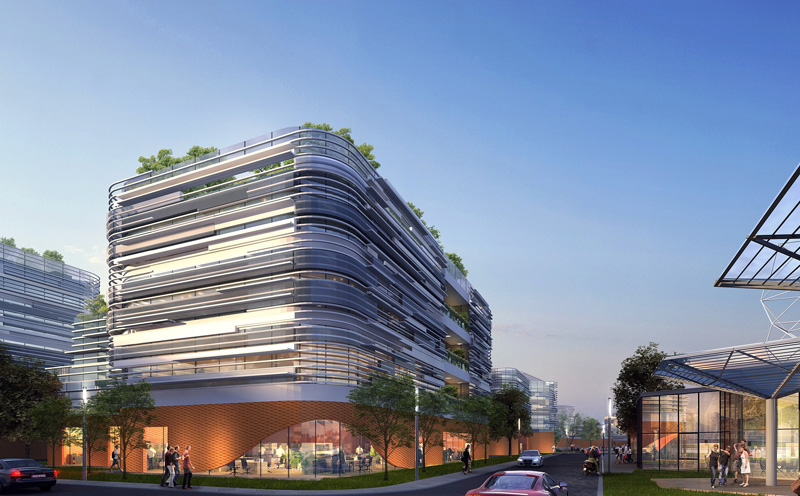In the new era and new market, with China's promotion of the development of smart cities and the widespread application of new generation information technologies such as the Internet of Things, 5G, artificial intelligence, big data, and cloud computing, the construction of smart street lights has become an inevitable trend for the future development of smart cities, and has set off a climax in the construction of smart street lights in many parts of the world. It is expected that the smart street light industry will enter a period of rapid development, but there are still many problems to be solved in its comprehensive promotion. What are the specific problems? Below, the editor will introduce you one by one.

1、 Systematic and global top-level design issues
At present, almost all smart street light projects under construction in cities are concentrated in parks or on a certain street. This type of "pilot" project inevitably lacks comprehensive consideration in overall planning, design, and other aspects. From a long-term and global perspective, it will have some impact on later maintenance, system integration, security control, and data resource collaboration and sharing.
2、 The issue of national unified standards
For the development of smart street lights, from a national perspective, national standards have not yet been released, and the market is more dominated by group standards and local standards. From a certain perspective, this is not conducive to the integration and coordinated development of various cities.
3、 Issues of overall coordination
In terms of hardware integration, the technology of smart street lights is becoming increasingly mature, and the unification of software level protocols has gradually formed. However, if smart street lights want to play their due role in smart cities, there is still a lot of way to go in the development of software. Compared to the current situation, software has not undergone an order of magnitude of polishing. At the current stage, the functional modules installed on smart street lights belong to different departments such as traffic police, public security, and urban management. This requires strengthening the collaborative work between different functional departments and industries to ensure the daily operation and maintenance of smart street lights. Therefore, it can be seen that the current construction and operation of smart street lights are key issues that need to be considered.
4、 The problem of business models not forming a closed loop
From the current stage, the construction, operation, and business model of smart street lights are very unclear. Currently, China is mainly in the pilot stage, and we need to continuously practice and summarize. By identifying problems and opportunities in the pilot, we can form a sustainable development smart street light business closed-loop model.
In summary, since there are still many problems with the development of smart street lights, is the industry developing in a positive direction? The answer is yes. It is reported that with the acceleration of smart city construction, the number of smart street lights appearing in top-level design is increasing. The national standard "Overall Requirements for Smart Multi functional Pole Systems in Smart Cities" is also under construction, and it is expected to be implemented as soon as the end of the year. In terms of multi departmental coordination, some governments have established special working groups, and in terms of profit models, the main maintenance income of smart street lights is currently being explored Energy conservation and emission reduction revenue from smart lighting, rental revenue from video surveillance, rental revenue from 5G micro base stations, revenue from new energy vehicle charging stations, management revenue from parking and manhole cover management, revenue from convenient services such as one click calling, advertising revenue from LED information publishing, and revenue from big data collection.



